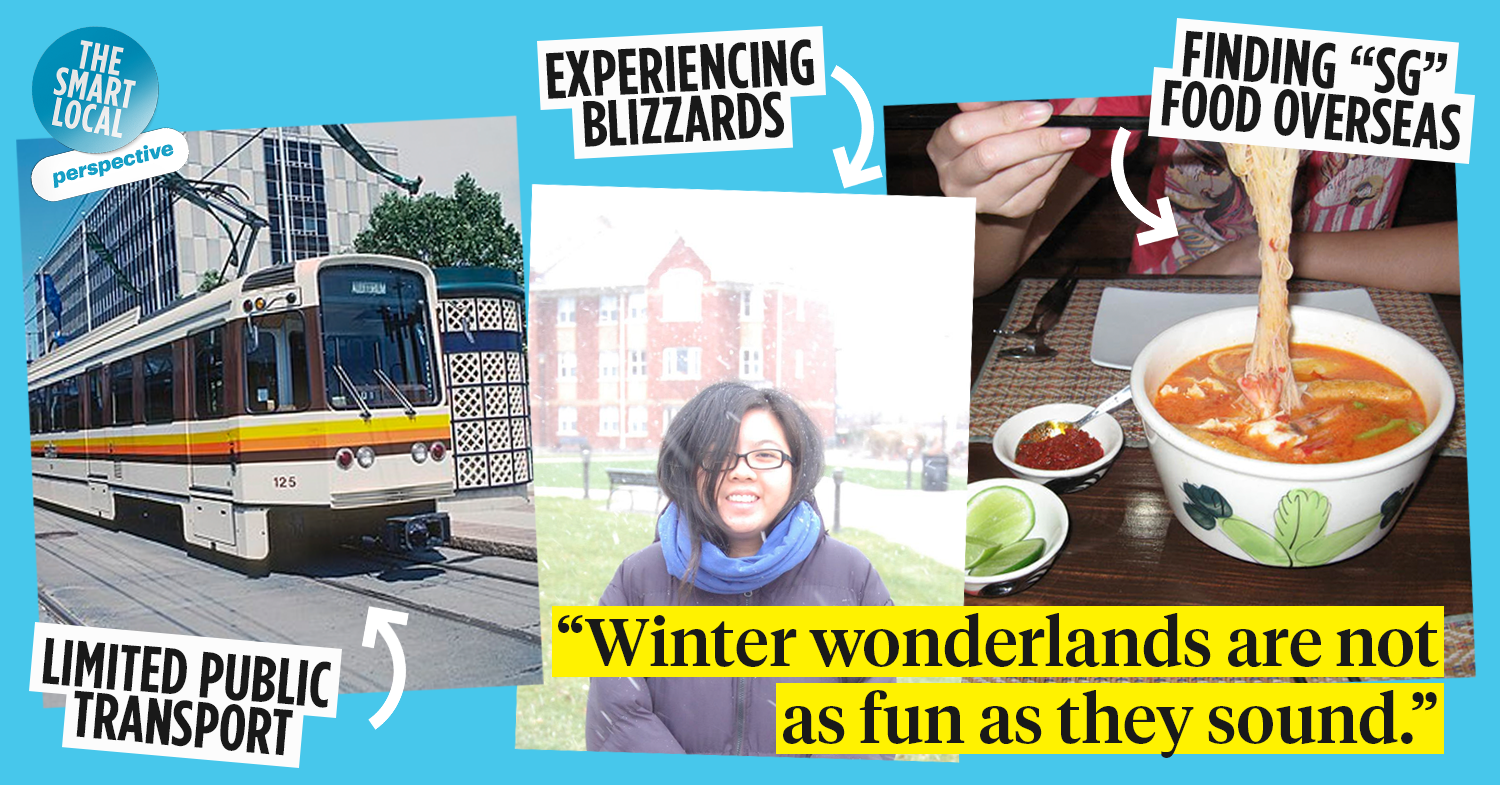Why I stopped wanting to migrate after living abroad
As a kid, all I wanted was to migrate overseas. For one, 12-year-old me wasn’t a fan of Singapore’s heat. Neither was I too keen on taking the PSLE, which I was told would set the tone for the rest of my academic journey and possibly my life.I was doing terribly in Chinese, and I didn’t want my lack of mother tongue skills to be the reason I couldn’t reach my full potential in life.
In my mind, moving to another country was the only choice. My jiak kantang ways would be considered normal. Plus, if I moved to somewhere further from the equator, I’d get to experience weather apart from hot for once.
That’s the belief I held anyway, until I got the chance to live abroad when I was older. I spent a total of 6 months in Thailand and the Philippines, and then another 6 months in the U.S. Short as my time was in these countries, it was enough to confirm double chop my decision – I’m proud to be a Singaporean living in Singapore. Here’s my story:
First taste of “expat” life in Thailand & the Philippines
I got my first taste of what migrating would be like when I was 18 and had been chosen to go overseas as part of my internship module for my polytechnic course. A friend and I were assigned to a theatre company that had offices in Thailand and the Philippines. We would stay 5 months in Bangkok, then move to Manila for a month.
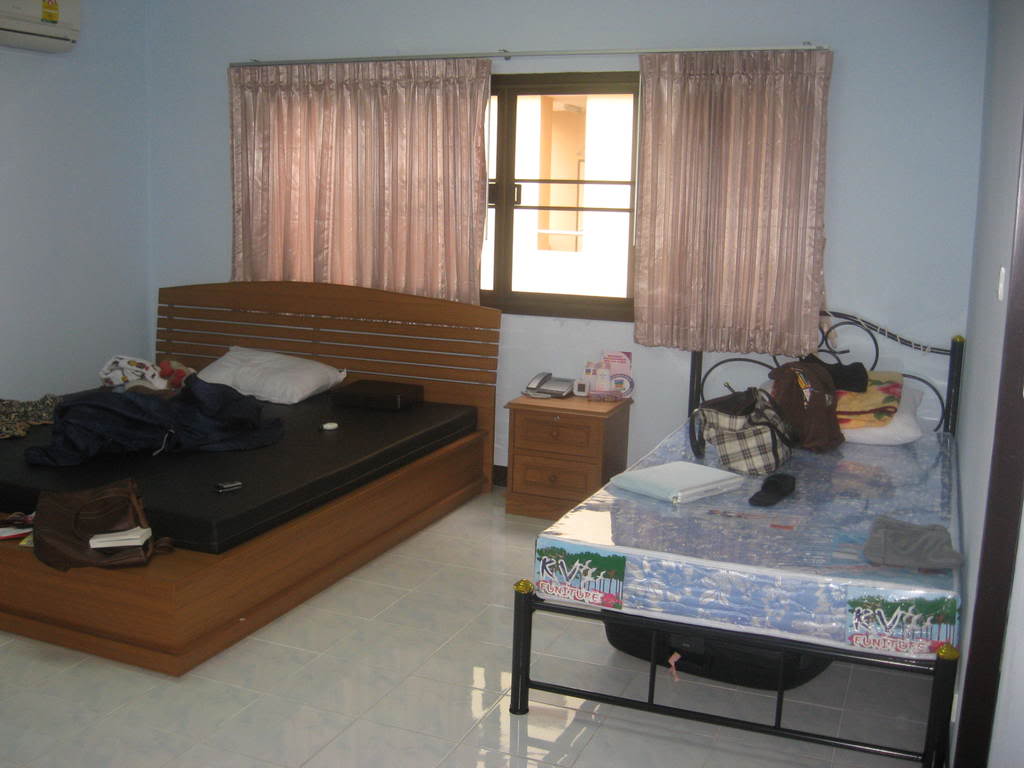
Our really small apartment in Bangkok.
Image credit: Raewyn Koh
Being on my own at 18 was fun. This was my first time living independently, so you bet I spent a lot of time exploring Bangkok and Manila on my own.

Night out at Khao San Road where backpackers frequented.
Image credit: Raewyn Koh
On weekends, my friend and I would hit up bars and drinking holes to tip back drink after drink. We also covered tourist spots and shopping haunts, snapping up clothing, accessories, and knick knacks with the money we’d earned during our internship.
Challenges faced living in Thailand & Philippines
Of course, when you’re uprooted from the life you’ve known for the past 18 years, you’re bound to face challenging culture shocks. The most obvious thing about living in a non-English speaking country was having a language barrier with practically everyone I met.
This wasn’t an issue when I was at work, since the company operated in English. But it was a problem when I went out to eat, especially in Thailand. As the office was located in the suburbs, eateries in the area rarely had English menus. And mind you, this was an age before smartphones and translation apps. All we could do was point at random items on the menu and hope for the best.

Most of the eateries in our neighbourhood looked like this with no discernable menu in sight.
Image credit: Raewyn Koh
Thankfully, most Thai food is tasty, so mealtimes were still enjoyable. But on a couple of occasions, dietary restrictions were lost in translation. My friend didn’t eat pork and it was sometimes a struggle getting restaurant staff to understand that this included the use of lard in dishes as well.
The situation was similar in the Philippines. While most Filipinos speak a smattering of English, local food had Tagalog names we wouldn’t have been able to discern on our own. Many Filipino dishes often had sour notes, which I wasn’t accustomed to, so meals could be hits or misses.
As much as I grew to love Thai and Filipino food, the cravings for char kway teow, nasi lemak, and roti prata never really went away. We didn’t have a kitchen in either apartment we stayed at in Bangkok and Manila, which meant we had to rely quite heavily on takeout.
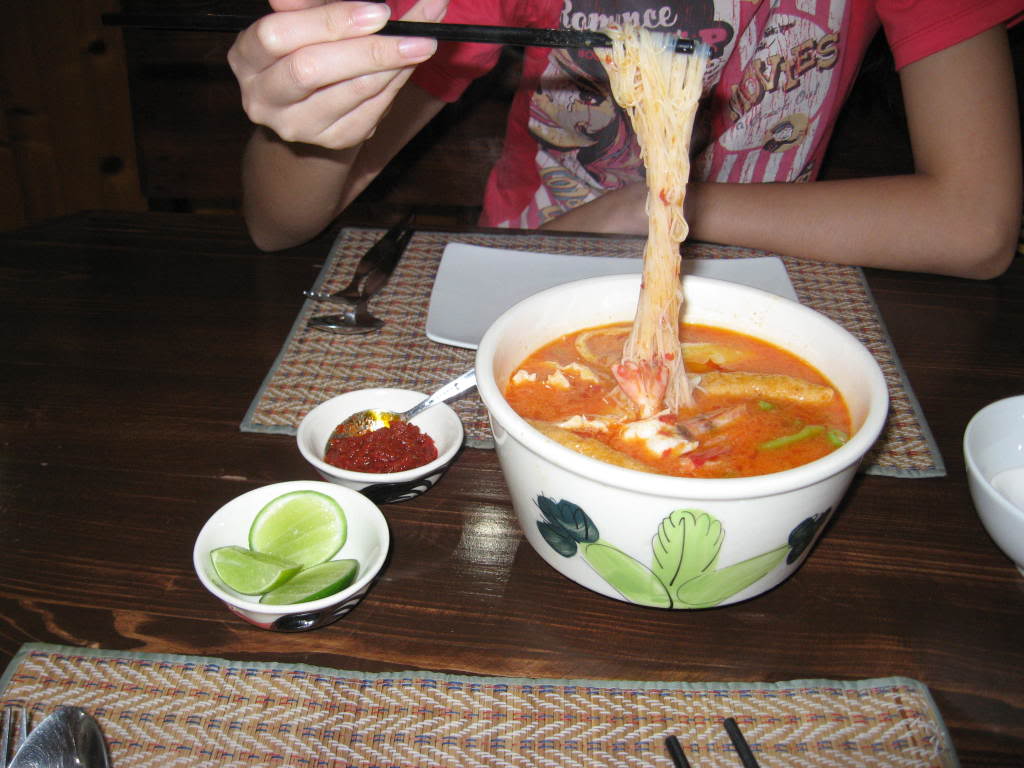
“Laksa” from the Malaysian eatery that tasted more like tom yum.
Image credit: Raewyn Koh
Singaporean food wasn’t readily available as well, although there was a Malaysian eatery in Bangkok we tried once. It was close, but no cigar.
This was just the tip of the iceberg to the homesickness I would feel throughout my internship. Food was a security blanket for me and back home, I’d indulge in my fave hawker dishes whenever I felt sad or happy, even. Having zero access to chicken rice, lontong, and biryani within arm’s reach made me miss home a lot.
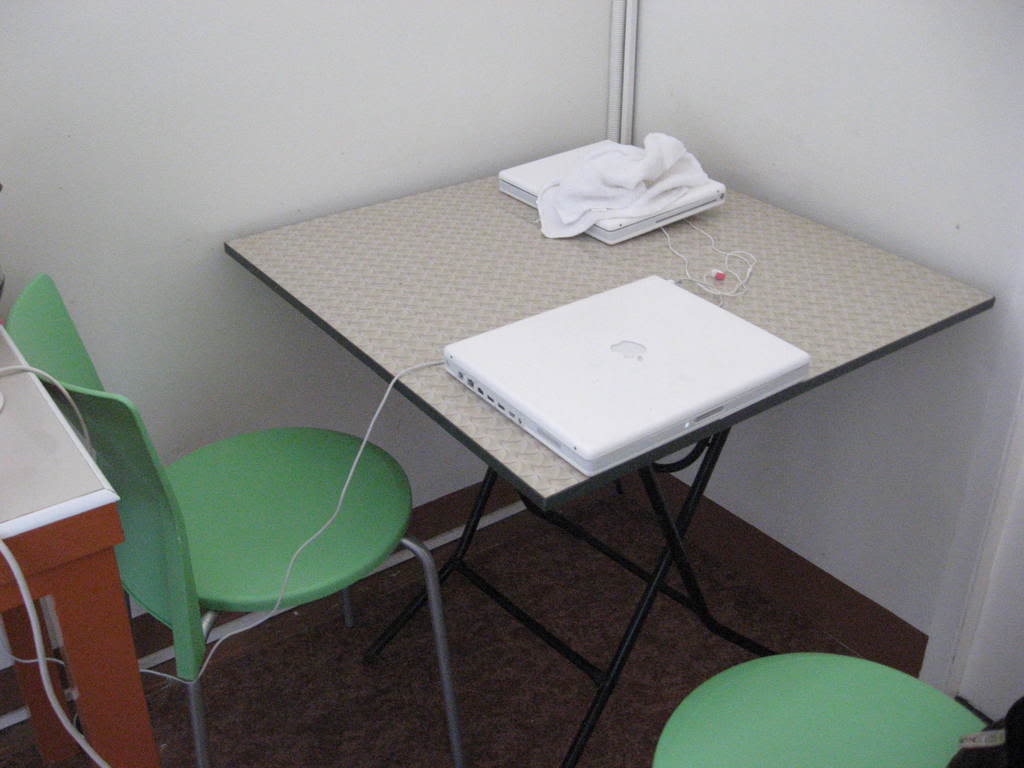
Our work set-up in our apartment meant only one person could be plugged in at any given time.
Image credit: Raewyn Koh
They say you should stay in touch with loved ones to help ease homesickness. That would’ve been easy in this day and age, but this was in 2008. Our home didn’t even have WiFi and we had to rely on a single LAN cable to stay connected. This meant that my friend and I had to plan out when we would have Skype sessions with loved ones.
Overseas SMSes were also expensive at S$0.30 a pop, so that wasn’t an option if we wanted to text a friend to catch up. Instead, we wrote lengthy emails and even kept a blog for friends and family to find out what we were up to.
Second run at living abroad in Buffalo, New York
My experience at living abroad was slightly better when I went to Buffalo, New York in the U.S. for an exchange programme in university. This time round, homesickness was less of an issue, since this wasn’t my first rodeo being away from my parents.
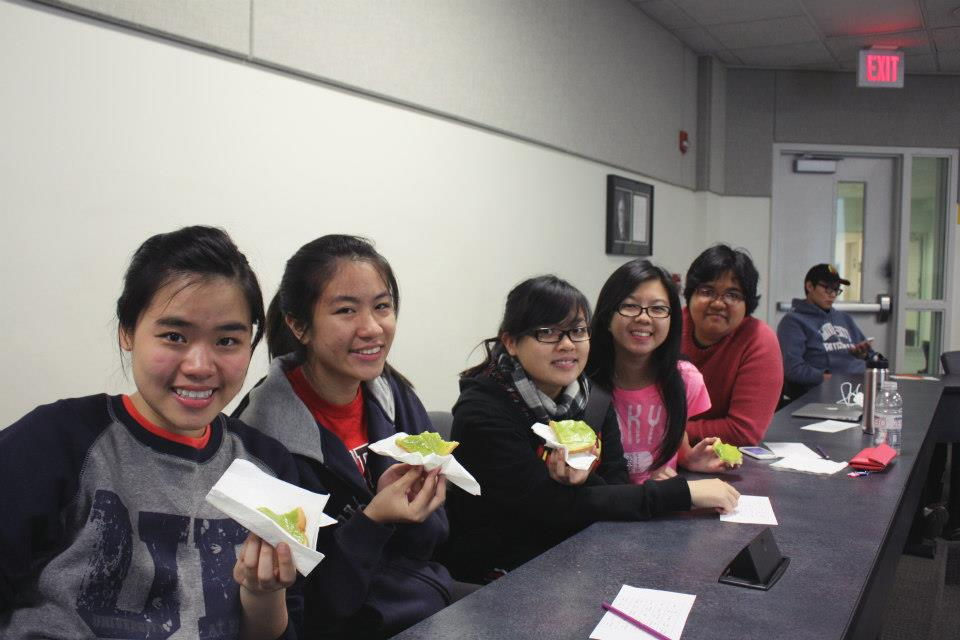
Homemade kaya toast.
Image credit: UB Singapore Student Association via Facebook
It also helped that we had a tightly-knit Singapore Student Association on campus that regularly held events to quell any cravings we had for local food. The committee even learnt how to make kaya from scratch so we could have kaya toast and eggs.

A pretty successful attempt at making bak chor mee in America.
Image credit: @raebo_ via Instagram
Since there was a large Asian community in Buffalo, we were even able to easily source ingredients to make Singaporean food. We’d make chicken rice and even bak chor mee in the campus apartments we were living in.
Challenges faced living in USA
That’s not to say I didn’t face any challenges living in America. As much as I had always wanted to live in a country that experienced the 4 seasons, I soon found that winter wonderlands only sounded fun. In reality, blizzards meant being trapped in your apartment behind 6ft of snow, while waiting for snow ploughs to clear your streets.

Back when I thought snow was still fun.
Image credit: Raewyn Koh
That wouldn’t be the only unpredictable weather I would experience in Buffalo. We were caught in the middle of Hurricane Sandy that year, which saw torrential rain and howling winds bearing down on our town for a couple of days.
Most of us Singaporeans had never had to deal with such inclement weather before. We could only hope that we had enough supplies so we wouldn’t have to head outdoors.
Imagine my surprise, then, when professors still expected us to show up for class. I didn’t own a car and lived right on campus, so I had to walk through the squalls of driving rain with a cheap umbrella that broke the minute I stepped outside.

The rare chance we got to ride on the Metro in Buffalo.
Image credit: Jeannette Goh via Facebook
Not owning a car in the U.S. would soon become a bane of my exchange experience. In towns like Buffalo, public transportation like subways only existed in the CBD.

Now imagine bringing all that back with you on a bus.
Image credit: Samantha Kho via Facebook
The school provided direct buses to grocery stores once a week. But if you were planning to head to a shopping mall or anywhere else for that matter, you’d have to call for a taxi to come pick you up. Ride hailing apps like Uber and Lyft hadn’t existed yet, so you’d have to call far in advance for a ride.
Buffalo was also a huge place, so everything was built far from each other. Even with a car, it’d take at least an hour to get anywhere outside of the university town we were living in. Friends not living on campus said they regularly spent 3-4 hours a day just commuting to school alone.
Why I don’t want to migrate after living abroad
Don’t get me wrong, both of my experiences living abroad were meaningful. And if I had the chance to live in another country once more, I’d jump at any opportunity to do it.
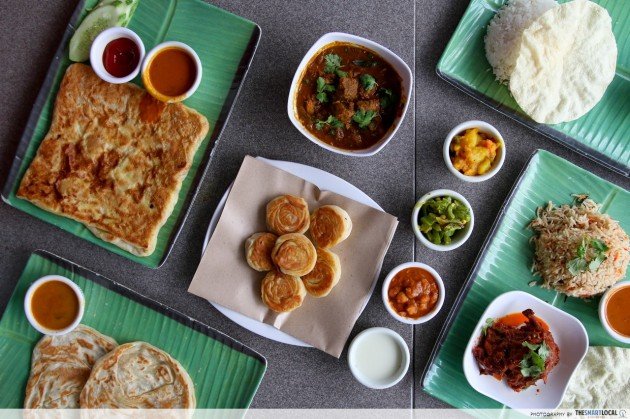
That being said, I don’t think I’d be able to migrate permanently overseas. I still consider Singapore home – not just because all the best food is here, or that we don’t have to brave harsh weather conditions, or even the fact that I can get from one end of the island to the other in under an hour on the MRT.

These things can be replaced and replicated to some degree, but not the people here. Singapore is where my community is – my friends, family, and even co-workers are part of a tribe of support that I’d be hard pressed to find anywhere else.
Sure, we have everything from WhatsApp to Telegram and Threads to keep us connected, but nothing beats getting to see your people in person whenever you want.
Staying connected with loved ones
I was lucky enough to have part of my community with me on both of my stints overseas. With Singapore friends around, I didn’t have to gek an accent to be understood. We’d slip into speaking Singlish, throwing out Singaporean slang words only we’d know.
Even so, it was always a highlight whenever we heard the same accent from people we didn’t know. The immediate recognition of lah, leh, and lor were enough to get our attention that we were in the presence of another Singaporean. Then it would take just 4 words to confirm their identity: “eh, you Singaporean ah?” before we’d all bond over being overseas at the same time.
If that’s ever happened to you, then you might want to try out the TikTok challenge by Scoot. Duet the pinned TikTok video on our account and share your own experience recognising the unmistakable Singaporean accent while you were overseas from now till 31st August 2023. Make sure you hashtag #ScootHomeChallenge to qualify your entry.
If you’re wondering what’s in it for you, there’s $1,000 worth of Scoot travel vouchers up for grabs for the 3 most creative videos.
That’s a tonne of credits you can cash in to get to over 60 destinations that Scoot flies to. Think Japan, Korea, China, Vietnam, Thailand, the Philippines, Laos, Indonesia, and Australia.
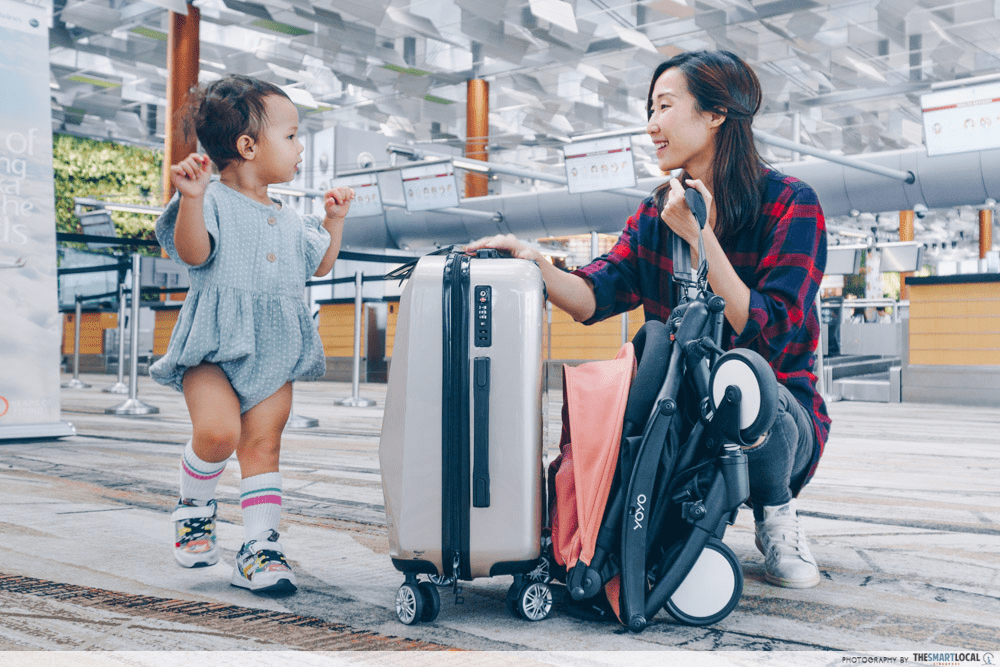
With their pay-as-you-need model, you can also customise your flight ticket to just cover what’s necessary for you. Already, basic economy fare comes with 10kg of carry-on baggage allowance, which is enough for all your travel essentials. Should you have shopped too much overseas, Scoot’s got you covered with their FlyBag option where you can check-in an additional 20kg.
There are plenty of add-ons too to make your flight more comfortable. You can opt to get meals, should travelling make you peckish. The Scoot Cafe has a selection of hot meals and light bites you can pre-order before your flight.
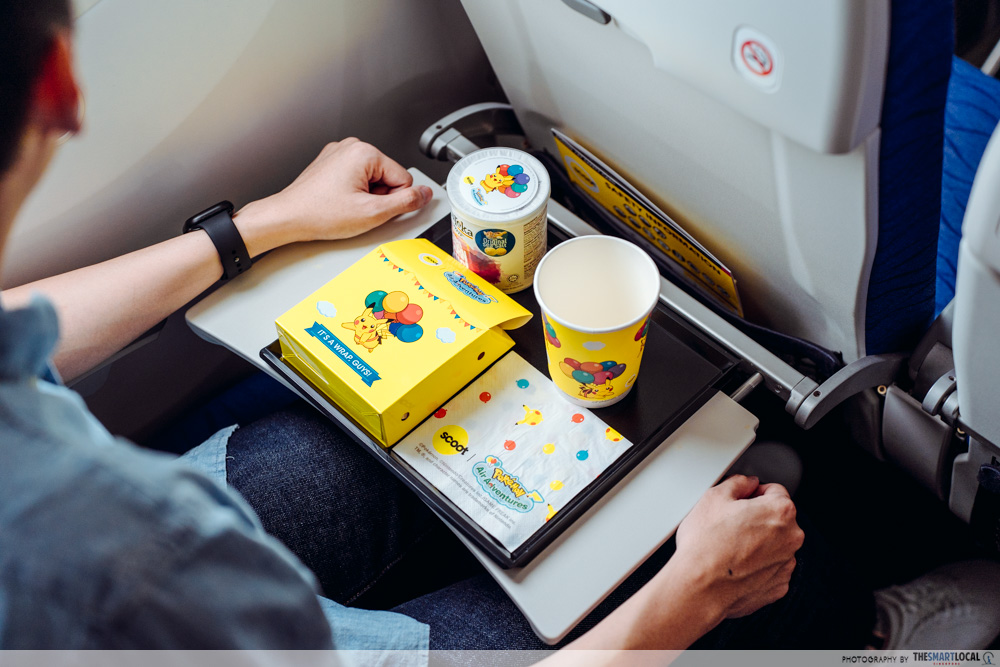
And if you want to upsize your travel experience, get ScootPlus, which is available on flights flown on the Boeing 787 Dreamliners. From the minute you book your ticket, you’ll get to enjoy benefits like choosing a hot meal from a variety of Asian and Western options to relish during your flight.
Then at the airport, you’ll get 15kg of carry-on luggage and 30kg of checked baggage allowance. You’ll even be able to skip the long queues for boarding to get to your seats with extra legroom first. The benefits don’t end here – ScootPlus passengers are also entitled to complimentary 30mb of WiFi, so you can stay connected with your loved ones 30,000ft in the air.
As holders of the most powerful passport in the world, hopping on a plane to experience a new country and culture is super easy – you don’t have to wait till you’re posted abroad to do so. And thankfully, airlines like Scoot make it accessible to just about anyone.
Find out more about the Scoot TikTok challenge here
This post was brought to you by Scoot.
Cover image adapted from: Raewyn Koh, Marty Bernard via Flickr
